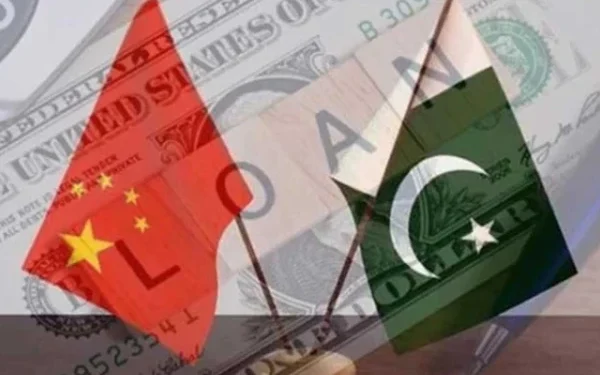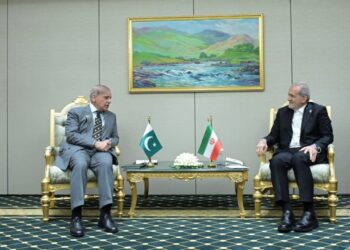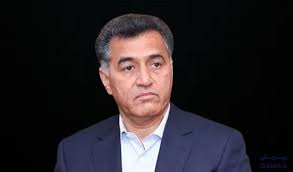Islamabad: Pakistan has successfully repaid a $1 billion commercial loan to China, leading to a temporary reduction of $540 million in its foreign exchange reserves, bringing them down to a six-month low of $10.6 billion. This repayment, made to the Industrial and Commercial Bank of China (ICBC), was completed in two equal installments during the first and third weeks of March. As part of its ongoing financial obligations, Pakistan is set to repay an additional $300 million to ICBC in mid-April.
Background of the Loan Agreement
The loan from ICBC was originally granted to Pakistan two years ago, with a floating interest rate of approximately 7.5%. The repayment schedule aligns with Pakistan’s broader strategy of managing its external debt and foreign exchange reserves. However, this repayment has had an immediate impact on Pakistan’s financial reserves, further emphasizing the country’s reliance on external financing to meet its fiscal obligations.
State Bank’s Efforts to Stabilize Reserves
Governor of the State Bank of Pakistan has revealed that the government has purchased $9 billion from the market in 2024 to maintain its foreign exchange reserves. Without these purchases, Pakistan’s reserves would have plummeted to a dangerously low level of approximately $2 billion, despite financial inflows from the International Monetary Fund (IMF) program. This underscores the urgent need for continued financial support and prudent economic policies to maintain liquidity.
China’s Continued Financial Support
Pakistan’s economic stability is heavily dependent on Chinese loans and financial assistance. China has consistently rolled over its financial support, which includes:
- $4 billion in cash deposits
- $6.5 billion in commercial loans
- $4.3 billion in trade financing facilities
With multiple repayment deadlines looming, the repayment period for $2.7 billion in Chinese loans is set to end between April and June this year. Additionally, $2.1 billion in syndicated financing loans from three major Chinese commercial banks will also mature by June, alongside a $300 million repayment to the Bank of China scheduled for this month. To mitigate the impact on reserves, Pakistan has arranged refinancing for these obligations.
Challenges with IMF and External Financing
Unlike in the past, Pakistan is unlikely to receive immediate assistance from the IMF to fulfill its debt obligations. Although a staff-level agreement has been reached between Pakistan and the IMF, the official board meeting has not yet been scheduled and is unlikely to occur before May or June. If the meeting is held as expected, Pakistan could secure a $1 billion disbursement from the IMF before the end of June.
If the IMF board meeting is delayed, IMF representatives may visit Pakistan to assess its fiscal policies and review the budget for the fiscal year 2025-26. However, several outstanding issues remain between Pakistan and the IMF, including:
- Property taxation policies
- Excise duties on beverages and tobacco
- Structural fiscal reforms to boost productivity
The IMF has been reluctant to reduce property taxes, arguing that such reductions could negatively impact revenue generation and hinder economic stabilization efforts.
Pakistan’s Request for Debt Rescheduling
To ease its external debt burden, Pakistan has formally requested China to reschedule a $3.4 billion loan for a two-year period. This request was made in response to recommendations from the IMF, as Pakistan seeks to bridge its external financing gap. China’s Export-Import (Exim) Bank is currently reviewing this request, although no official response has been provided by the Finance Ministry.
Pakistan’s External Financing Needs
To meet the IMF’s requirements for a three-year economic program, Pakistan must secure approximately $5 billion in external financing. Despite facing significant financial challenges, the IMF has acknowledged that Pakistan’s external payment situation has stabilized. However, the IMF has emphasized the need for further strengthening of fiscal and monetary policies, including:
- Reducing fiscal deficits through controlled government spending
- Strengthening monetary policy to curb inflation
- Allowing greater exchange rate flexibility to prevent currency overvaluation
Impact on the Exchange Rate and Currency Stability
The Pakistani rupee has maintained relative stability against the US dollar throughout the year. However, recent pressures on foreign exchange reserves have led to depreciation, with the exchange rate declining to Rs 280.2 per US dollar as of Thursday. A prolonged depletion of reserves could exacerbate currency devaluation, increasing the cost of imports and fueling inflationary pressures.
Conclusion
Pakistan’s ongoing efforts to manage its external debt, secure financial assistance, and stabilize its economy remain a crucial aspect of its economic policy. While China continues to be a vital financial partner, the country must navigate its commitments carefully to ensure long-term economic stability. With significant loan repayments on the horizon, securing additional financing from international lenders, including the IMF and Chinese banks, will be key to maintaining financial liquidity and economic growth. The upcoming discussions between Pakistan and international financial institutions will play a crucial role in shaping the country’s economic future in the coming months.

























